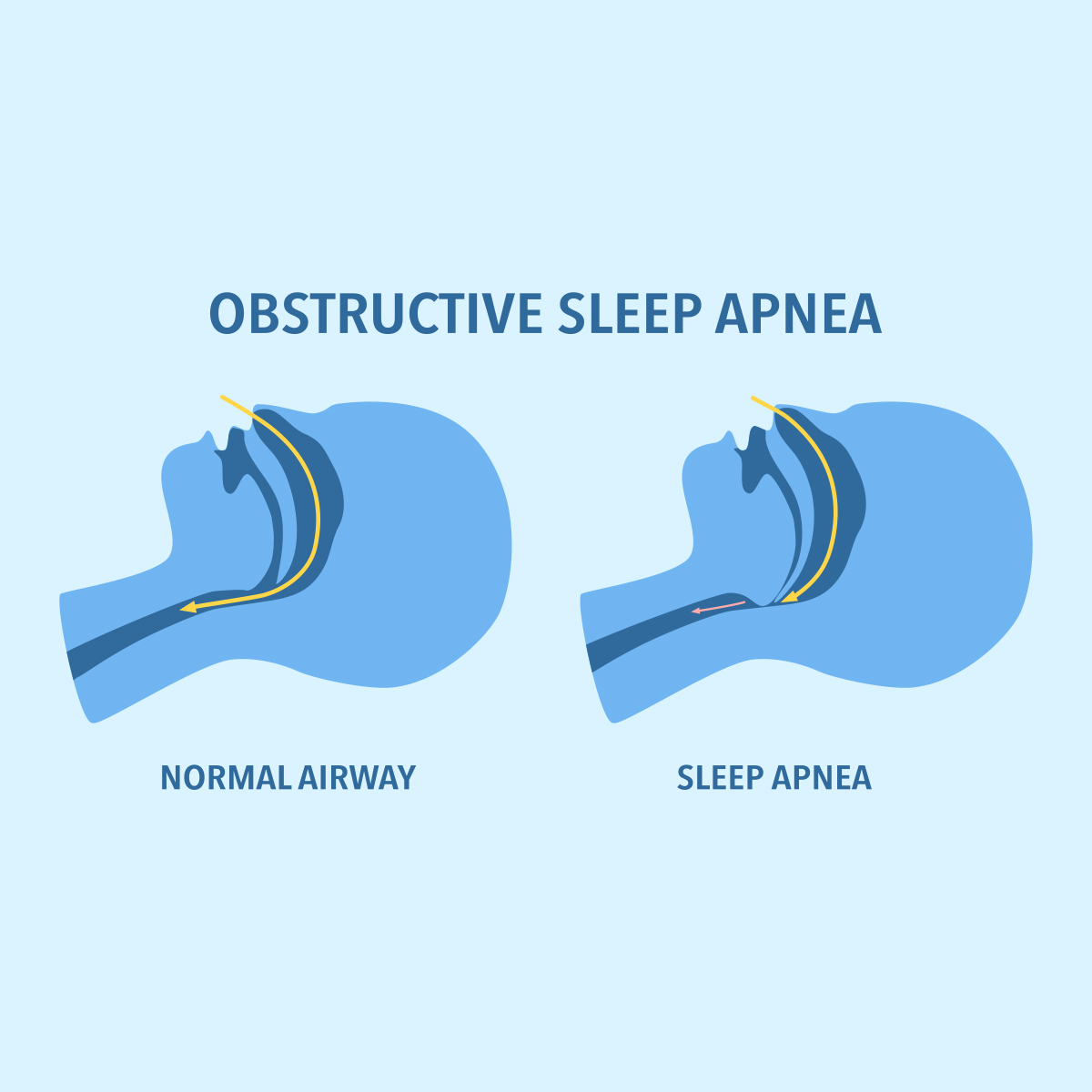-
Property & Casualty
Property & Casualty Overview

Property & Casualty
We offer a full range of reinsurance products and the expertise of our talented reinsurance team.
Expertise
Publication
Structured Settlements – What They Are and Why They Matter
Publication
PFAS Awareness and Concern Continues to Grow. Will the Litigation it Generates Do Likewise?
Publication
“Weather” or Not to Use a Forensic Meteorologist in the Claims Process – It’s Not as Expensive as You Think
Publication
Phthalates – Why Now and Should We Be Worried?
Publication
The Hidden Costs of Convenience – The Impact of Food Delivery Apps on Auto Accidents
Publication
That’s a Robotaxi in Your Rear-View Mirror – What Does This Mean for Insurers? -
Life & Health
Life & Health Overview

Life & Health
We offer a full range of reinsurance products and the expertise of our talented reinsurance team.

Publication
Key Takeaways From Our U.S. Claims Fraud Survey
Publication
Favorite Findings – Behavioral Economics and Insurance
Publication
Individual Life Accelerated Underwriting – Highlights of 2024 U.S. Survey
Publication
Can a Low-Price Strategy be Successful in Today’s Competitive Medicare Supplement Market? U.S. Industry Events
U.S. Industry Events
Publication
The Latest in Obstructive Sleep Apnea -
Knowledge Center
Knowledge Center Overview

Knowledge Center
Our global experts share their insights on insurance industry topics.
Trending Topics -
About Us
About Us OverviewCorporate Information

Meet Gen Re
Gen Re delivers reinsurance solutions to the Life & Health and Property & Casualty insurance industries.
- Careers Careers
Who’s Liable? Determining Liability for Accidents Involving Automated Vehicles in Germany and the UK

July 11, 2019
Mathias N. Schubert, attorney-at-law (guest contributor)
Region: Europe
English
When it comes to legalizing and regulating the use of automated vehicles in Europe, the government and legislators in Germany and the UK are at the vanguard. Germany was first to address the matter for vehicles with automated driving functions at Levels 3 and 4 (see table below), leaving Level 5 technology to regulation in the future. The revised Road Traffic Act (RTA) came into force there on 21 June 2017.
In the UK, the Automated and Electric Vehicles Bill received Royal Assent on 19 July 2018. In order to avoid liability gaps in a system where liability is based on driver negligence, the Act will impose a newly created “liability of first instance” on the insurer of an “automated vehicle” which causes an accident “when driving itself”. All the material provisions of the (now) Automated and Electric Vehicles Act 2018 (AEVA) are yet to come into force by way of regulation (statutory instrument) issued by the UK’s Secretary of State.
Regulating Conditional Automation (SAE Level 3 - see table below) is possibly the most vexing task that legislators in the area of assisted and automated driving face. The legislative processes in Germany and the UK demonstrate that while stakeholders in both countries have had to wrestle with the same hard questions, the answers have come out quite differently.
The following table shows the various levels of automated driving:

SAE Level 3 technology presents a myriad of complex challenges and the different positions legislators are taking are for valid reasons. While German law recognizes it as a legitimate form of automation and explicitly authorizes non-driving activities, this will not be the case in the UK.
Nevertheless, I believe that vehicles with Level 3 technology will most likely be legal (i.e., type approved) in the UK. There is some uncertainty about the wording of the AEVA, but legislative intent and evolving regulatory context strongly suggest that the “new liability of first instance” under the AEVA will apply to Level 4 and 5 technology but not to Level 3 technology, where the driver is thought to be at fault and therefore liable in case of an accident.
The AEVA is, indeed, a clear admission that negligence-based motor third-party liability (MTPL) systems are reaching their limits with increasing automation. The AEVA’s response - first instance liability of insurers - may do the trick, but it does strike me as an odd approach, particularly as strict liability is imposed on the owner of a vehicle that is not insured.
Finally, it’s worth remembering that, while both the revised RTA and the AVEA concern driver behavior, liability, and insurance, this legislation is only part (albeit an important one) of the overall automated driving picture in Europe. Notably, the revision of the type approval framework even for Level 3 technology is far from complete.
This blog is an extract of an article originally published in Gen Re’s specialist German-language Casualty periodical, PHi. Subscribers to PHi can read the article here: Der Automated and Electric Vehicles Act 2018 - ein (weiterer) Irrweg für das Vereinigte Königreich?
An updated version of the article was also published (with permission) in English in the March 2019 edition of RAW: “Regulating the Use of Automated Vehicles (SAE Levels 3 to 5) in Germany and the UK.”
About the author
Mathias N. Schubert is an attorney-at-law and has been working in casualty reinsurance for 30 years, predominantly in Europe and also the United States. He now practices law with a focus on liability and insurance law, and provides consultancy services in the area of liability insurance and reinsurance.




